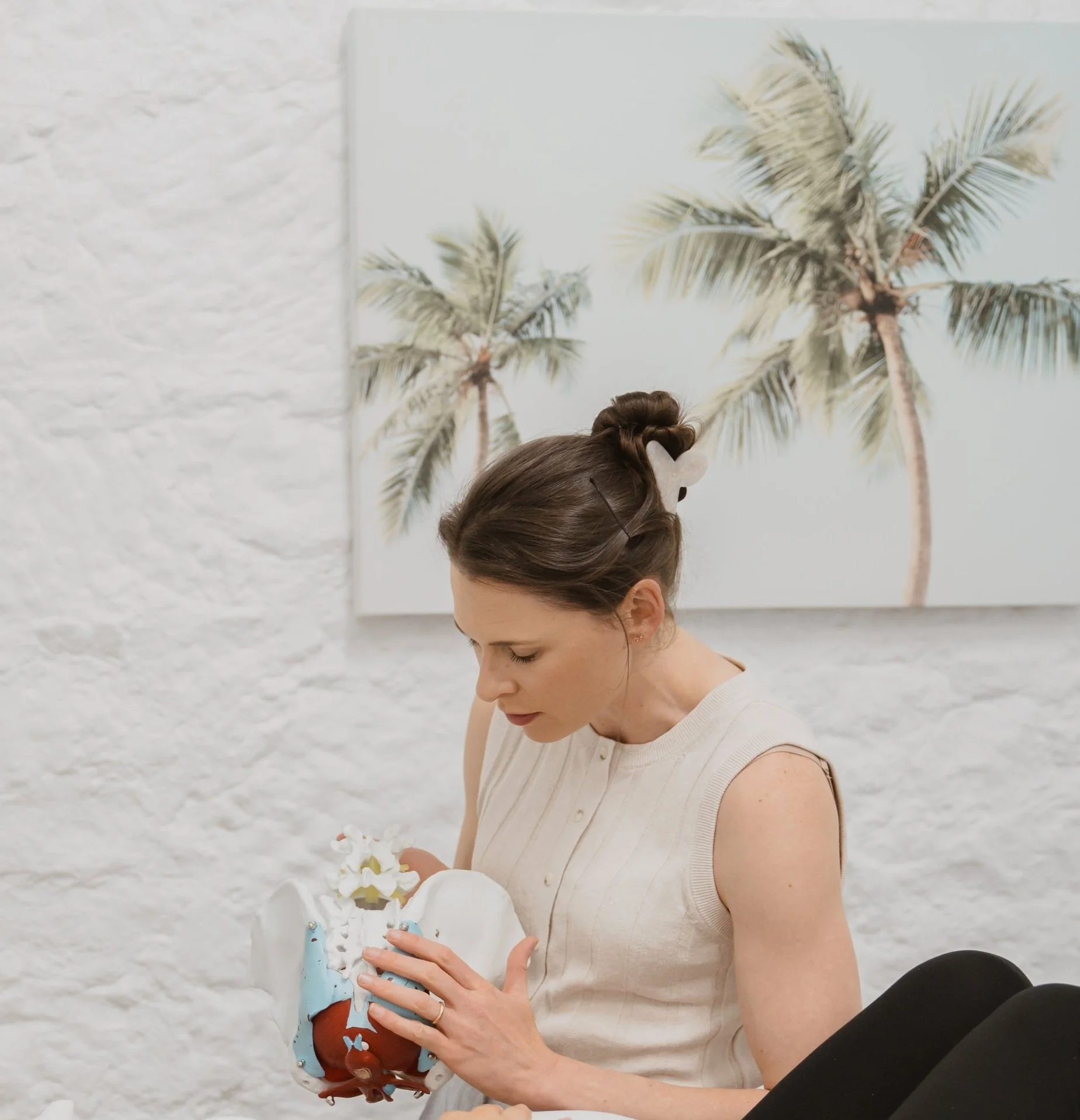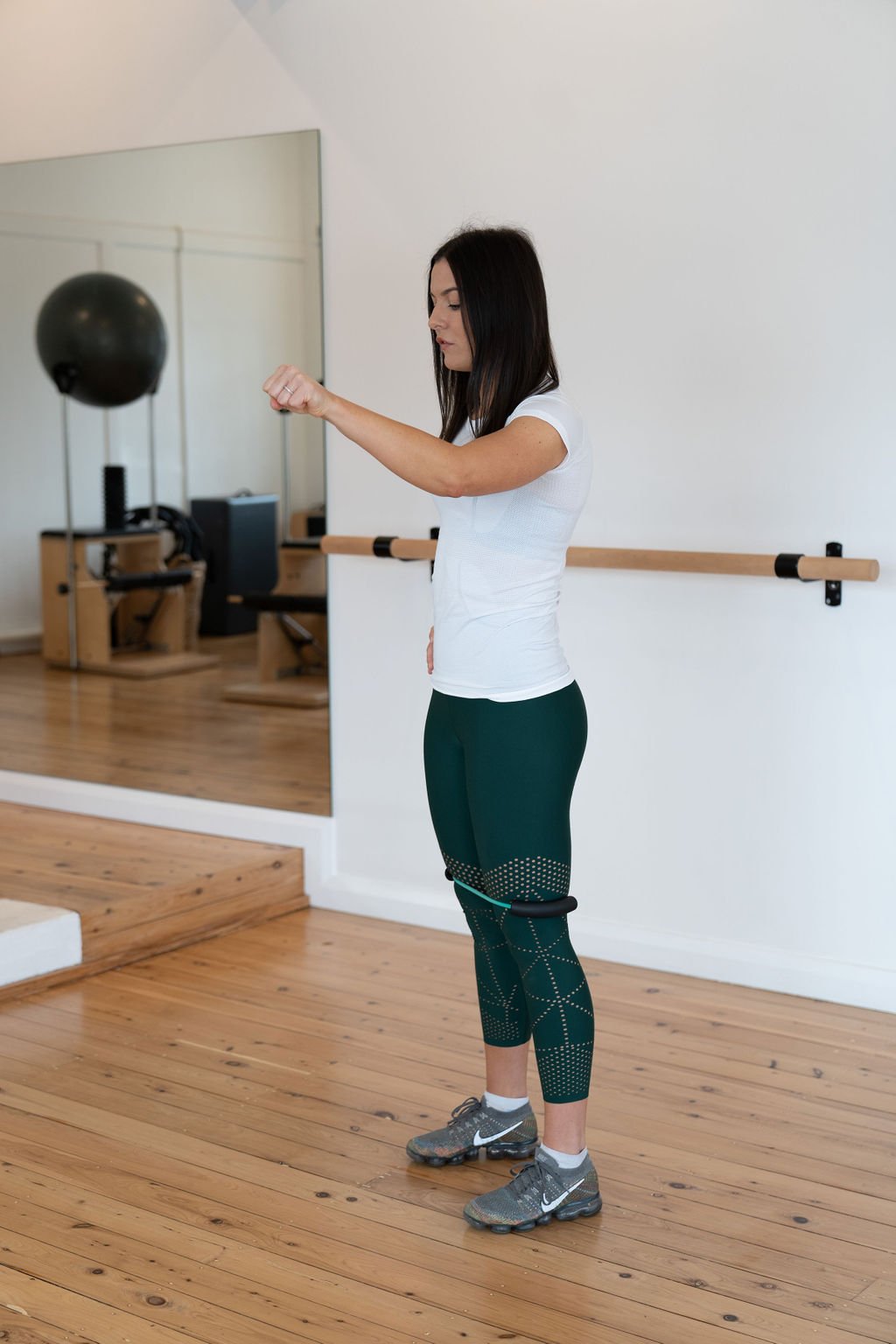PELVIC HEALTH IN ADOLESCENCE

At The Pelvic Studio we are passionate at providing our care and expertise across the life span including Adolescence/Young Adults, 13 – 18 years old.
Our pelvic floor is essentially the anchor for our body and it plays a crucial role in posture and movement patterns; making it a part of our overall lumbopelvic stability. During Adolescence rapid growth and physical changes can disrupt how we hold ourselves and how we move which can contribute to pelvic floor dysfunction.
For those assigned female at birth, the onset of menstruation is a significant physiological change. Use of menstrual products such as tampons or cups may be difficult and/or painful to insert which can often be the first sign of pelvic pain disorders. Intense or heightened levels of menstrual or cyclic pain that impedes on everyday function should be investigated and, in many cases, a pelvic health physiotherapist will be a part of your care.
Active teenagers involved in sports may experience extra stress in their pelvis region. This can lead to imbalances and tension which can result in injuries to the hip and pelvis, or pelvic floor disorders such as stress incontinence or urgency. This is especially prevalent for females in high impact sports such as Athletics, Running, Gymnastics, Dance & Netball.
Changes in bowel function can also begin to be prevalent during adolescence time and thus it is also important to investigate any changes to your normal bowel habits to assess and treat any issues to prevent further dysfunction occurring.
What can you expect from a pelvic physiotherapy consultation in adolescence?
Our Initial Appointment will consist of a thorough history of the young clients presenting condition and non-invasive assessment and treatment modalities.
This may include assessment of posture and movement patterns. Assessment of contributing external muscles associated with the pelvis, hip and low back region.
We can also use real time ultrasound (RTUS) to assess the pelvic floor when indicated, with the probe placed externally on the lower abdomen
From RTUS we can gain an insight into pelvic floor and bladder function and our deep core muscles. A bladder or bowel diary may also be prescribed to give us further information surrounding their function.
Treatment may involve external manual therapy to muscles or joints that may be a contributing factor to dysfunction, verbally guided pelvic floor exercises, pain education, exercise rehabilitation aimed at lumbopelvic stability, and bladder and bowel function education.







